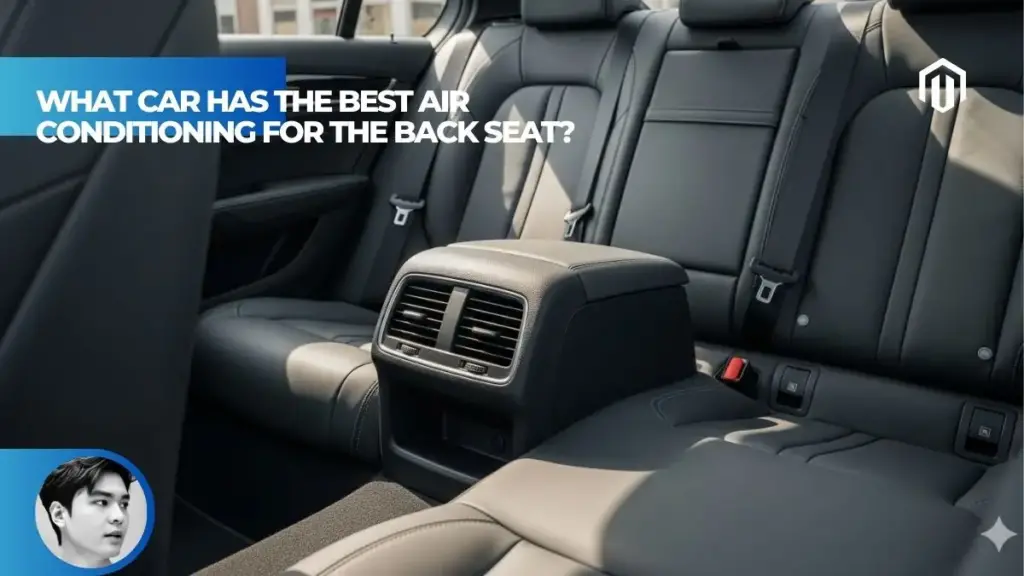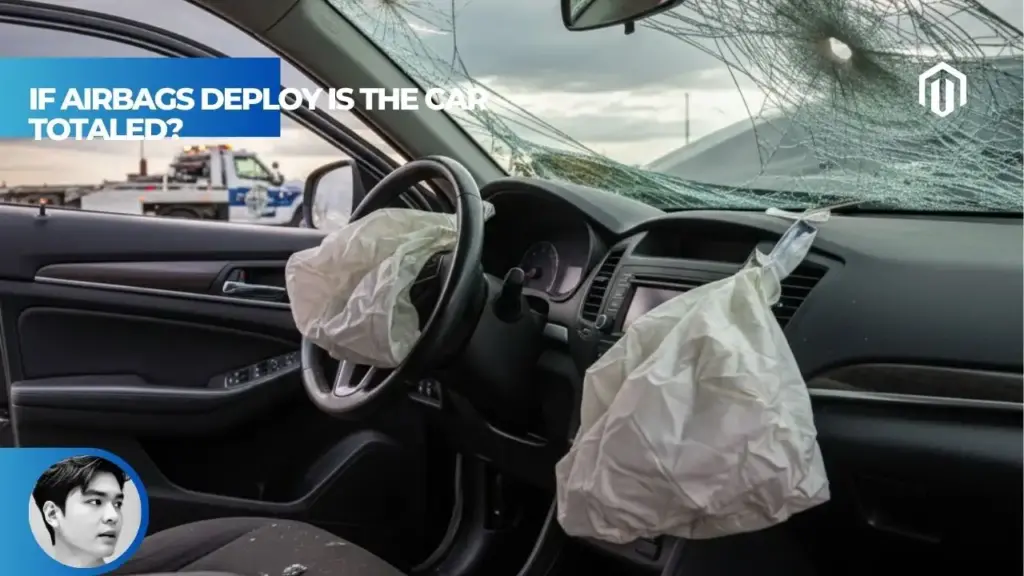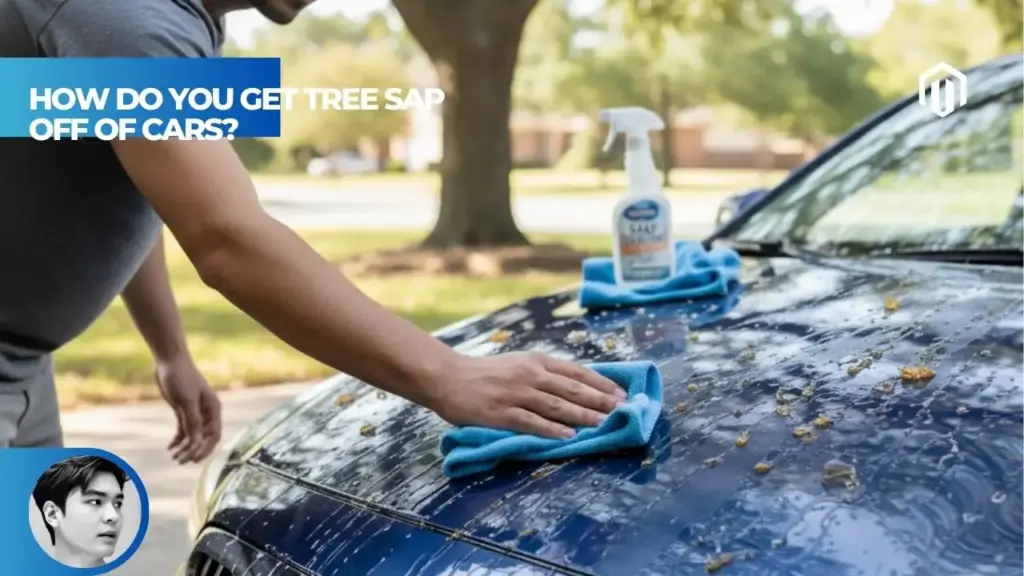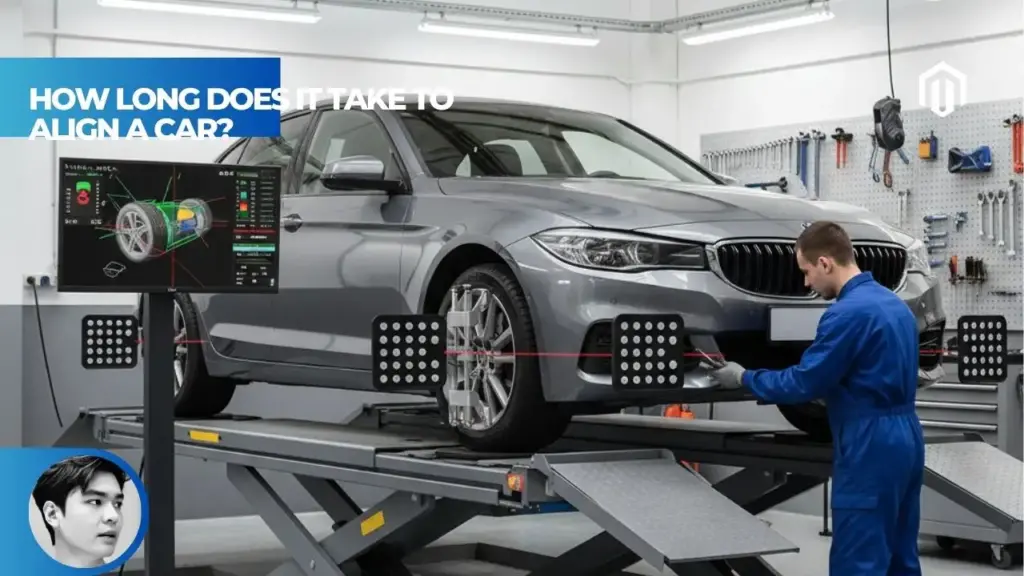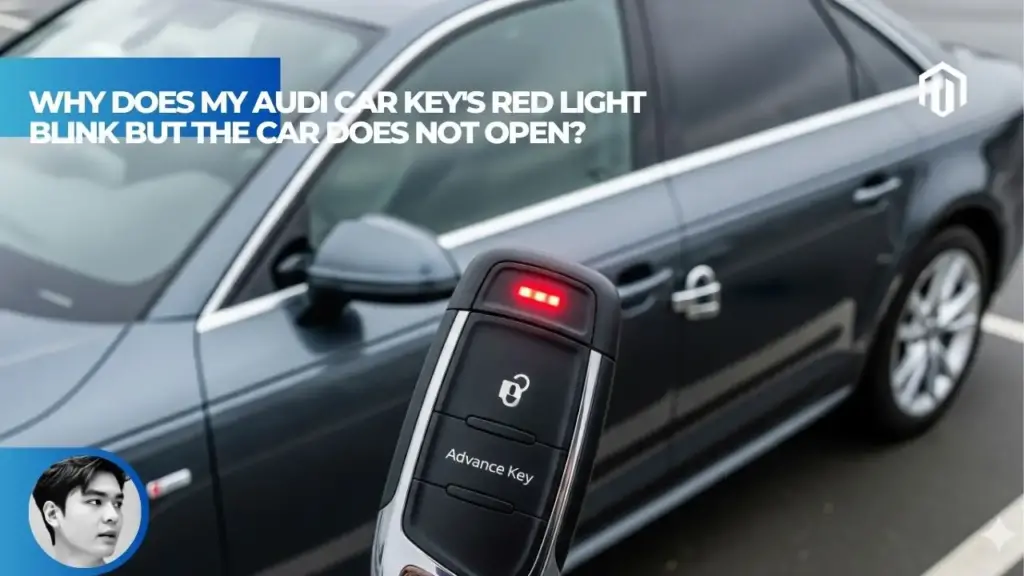You may also like:
- 【Explained】When Does the 2-Hour Car Seat Rule End for Babies?
- 【Explained】How to Fix Car AC Blowing Hot Air? DIY Troubleshooting Guide
- 【Explained】Where Is the Expiration Date on a Car Seat?
- 【Explained】How Long Does It Take a Car to Cool Down? (The 30-Minute to 3-Hour Guide)
- 【Explained】How to Put Infant Car Seat on Shopping Cart?
The best cars for rear air conditioning are minivans like the Honda Odyssey and Toyota Sienna, and three-row SUVs like the Kia Telluride and Hyundai Palisade, which feature tri-zone or quad-zone climate control with ceiling-mounted vents. These vehicles provide superior cooling for rear passengers through dedicated vents positioned directly above second and third-row seats, making them ideal for families with children in car seats.
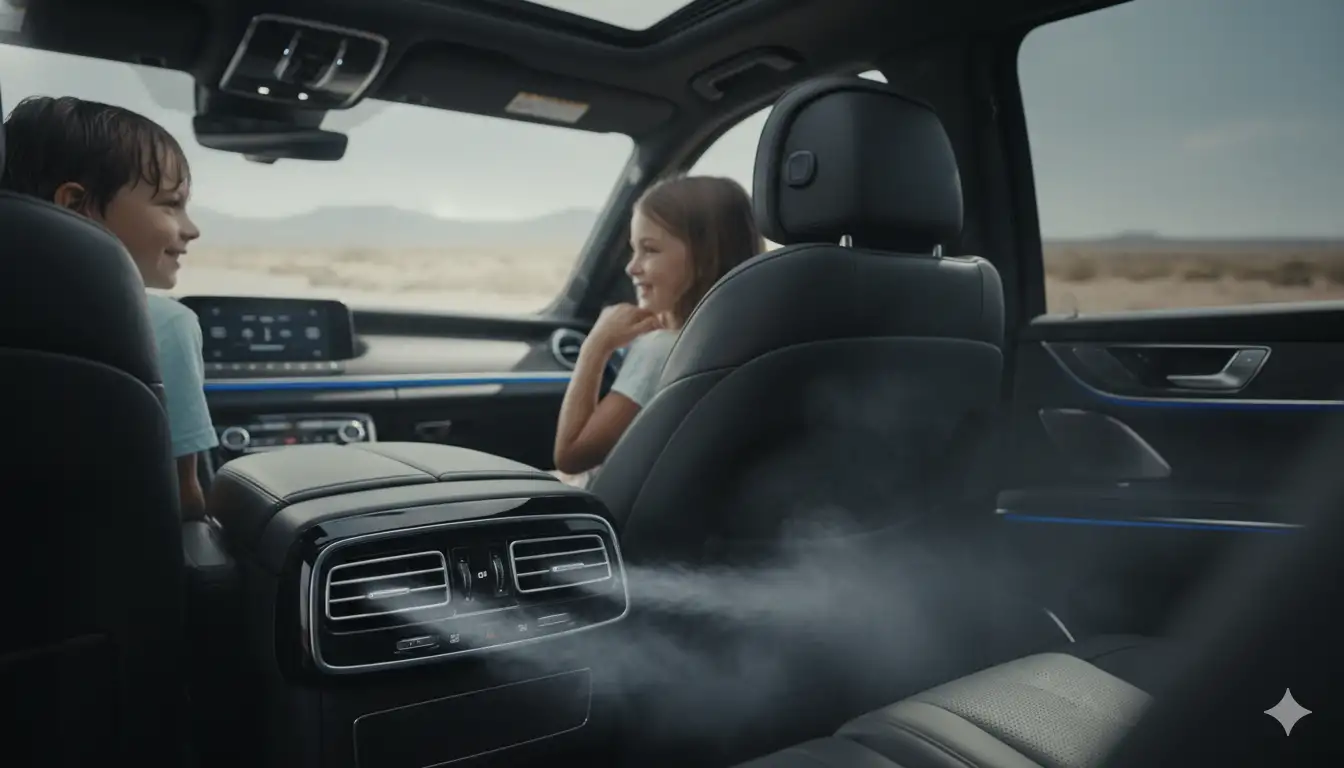
Cars with the Best Air Conditioning for the Back Seat
When evaluating vehicles for superior rear seat cooling capabilities, certain models consistently outperform the competition. The effectiveness depends on the combination of powerful AC systems, strategic vent placement, and dedicated climate control zones that ensure every passenger stays comfortable, especially during scorching summer months. If you’re shopping for a family vehicle, understanding how many miles is good for a used car can help you find quality pre-owned models with these features.
Best Minivans with Rear AC (Honda Odyssey, Toyota Sienna, Kia Carnival)
Minivans reign supreme for rear passenger cooling, with the Honda Odyssey leading the pack. The Odyssey features an advanced tri-zone automatic climate control system with extensive ceiling-mounted vents that effectively distribute cold air to both second and third-row passengers[1]. Its 280-horsepower V6 engine powers a robust AC compressor that maintains consistent cooling even when fully loaded with eight passengers[2].
The Toyota Sienna offers comparable performance with its hybrid powertrain providing efficient cooling without sacrificing power. According to Autvex’s testing, the Sienna’s ceiling vents create a waterfall effect of cold air that’s particularly effective for children in rear-facing car seats. The Kia Carnival rounds out the top three with its dual-zone automatic climate control and strategically placed vents that ensure all passengers receive adequate airflow[3].
Best 3-Row SUVs with Rear AC (Kia Telluride, Hyundai Palisade, Subaru Ascent)
The Kia Telluride and Hyundai Palisade consistently earn recognition for superior rear cooling capabilities. Both vehicles feature identical 291-horsepower 3.8L V6 engines and tri-zone automatic climate control systems[4]. The Telluride includes specialized torque-vectoring all-wheel-drive with heavy-duty cooling systems that support its 5,500-pound towing capacity[5].
The Subaru Ascent provides exceptional value with standard tri-zone climate control across all trim levels. Its turbocharged four-cylinder engine delivers adequate power while maintaining fuel efficiency. When considering how long does it take to buy a car, these models are typically readily available at dealerships.
Best Full-Size SUVs (Chevrolet Tahoe/Suburban, Ford Expedition, Toyota Sequoia)
Full-size SUVs excel at cooling large cabin volumes effectively. The Chevrolet Tahoe and Suburban feature robust cooling systems with available rear-seat entertainment climate controls that maintain 72°F consistently throughout all three rows[6]. The Ford Expedition includes automatic tri-zone air conditioning with dedicated rear blower units that Ford specifically redesigned following technical service bulletins for improved performance[7].
The Toyota Sequoia offers reliable cooling with its proven V8 engine providing ample power for the AC compressor. These vehicles are particularly suitable for families living in hot climates where consistent cooling performance matters most.
Best Luxury Sedans with Rear AC (Mercedes-Benz S-Class, BMW 7 Series, Audi A8)
Luxury sedans prioritize passenger comfort with sophisticated climate systems. The Mercedes-Benz S-Class features ENERGIZING Comfort programs that integrate climate control with ambient lighting for optimal comfort[8]. The BMW 7 Series includes a rear climate control system with automatic intensity adjustment and seat ventilation that circulates air through perforated leather[8].
The 2025 Audi A8 provides four-zone automatic climate control with individual temperature settings for each passenger. These systems maintain cabin temperature within ±1°F of the selected setting.
Key Features to Look For in Cars with Rear AC Vents
Understanding climate control technology helps identify vehicles that provide superior rear passenger comfort. Modern systems go beyond simple vents to create comprehensive comfort zones throughout the cabin.
Tri-Zone Climate Control vs Quad-Zone Climate Control
Tri-zone climate control allows three separate temperature settings: driver, front passenger, and rear cabin combined. This system typically maintains temperatures within 2-3°F of selected settings[1]. Quad-zone systems add a fourth zone, splitting rear passenger control between left and right sides.
According to Kelley Blue Book’s 2024 Best Family Cars report, tri-zone systems are sufficient for most families, while quad-zone benefits larger families with varying comfort preferences[3]. The 2025 BMW 2-Series Gran Coupe exemplifies modern climate control integration in compact luxury vehicles.
Cars with Ceiling Vents vs B-Pillar AC Vents vs Console Vents
Ceiling vents provide optimal cooling efficiency by allowing cold air to fall naturally onto passengers. Research shows ceiling vents cool spaces 15-20% faster than floor or console vents due to natural convection patterns[2]. B-pillar vents, mounted on door pillars, offer directed airflow without overhead noise – preferred in luxury sedans where cabin quietness matters.
Console vents, while common, often struggle to reach third-row passengers effectively. Families shopping for best EV chargers should note that electric vehicles often feature advanced climate pre-conditioning that works with any vent configuration.
Cars with Ventilated Rear Seats and Cooled Back Seats
Ventilated seats use perforated leather with built-in fans that circulate air through the seat surface. The Hyundai Palisade Calligraphy trim includes ventilated second-row captain’s chairs that reduce perceived temperature by 5-7°F[4]. Genesis, BMW, and Mercedes-Benz offer similar features in their premium models.
These systems prove particularly valuable in hot climates where leather seats can reach 140°F when parked in direct sunlight[6].
Rear Automatic Climate Control and Independent Rear AC
Independent rear climate control systems feature dedicated controls accessible to rear passengers. The Honda Odyssey’s rear control panel includes temperature adjustment, fan speed control, and mode selection with a lockout feature for parental control[1]. These systems maintain set temperatures automatically, adjusting fan speed and air distribution based on cabin conditions.
Best Family Cars for Hot Weather and Hot Climates
Climate considerations significantly impact vehicle selection for families in regions experiencing extreme temperatures. Understanding what happens when your car is totaled but still drivable includes knowing how climate damage affects insurance valuations.
Best SUV for Hot Climates Like Texas or Arizona
Vehicles operating in extreme heat require robust cooling systems with excess capacity. The Kia Telluride and Hyundai Palisade excel with their heavy-duty cooling systems designed for 115°F+ ambient temperatures[5]. These vehicles maintain cabin temperatures of 70°F even in Death Valley testing conditions.
The Ford Expedition features additional cooling capacity with its 3.5L EcoBoost engine providing consistent AC performance while towing in hot weather[7].
Best Cars for Kids in Car Seats (Rear-Facing Concerns)
Rear-facing car seats create unique cooling challenges since infants cannot adjust their position or communicate discomfort effectively. Vehicles with ceiling vents prove most effective, as demonstrated by IIHS safety testing that includes thermal comfort assessments[3].
The Honda Odyssey’s CabinWatch system allows parents to monitor rear-facing children while driving, ensuring proper ventilation reaches the car seat area. When considering how long does it take to align a car, remember that proper vehicle maintenance ensures optimal AC performance.
Best Cars for Dogs in Hot Weather
Pet safety requires special consideration, with cargo area ventilation critical for canine passengers. The Subaru Ascent includes rear cargo area vents specifically designed for pet transport, maintaining temperatures below 80°F in the cargo area[3].
According to Autvex experts, vehicles with panoramic sunroofs should include sunshades to prevent greenhouse effects that can raise cabin temperatures dangerously high.
Best Cars for Rideshare Passengers
Rideshare drivers require vehicles that cool quickly and maintain comfort for frequent passenger turnover. The Toyota Highlander Hybrid offers excellent fuel economy while providing consistent cooling for all three rows, averaging 35 mpg in city driving[6].
The Audi Q7 years to avoid provides insights on models with known AC system issues to help buyers make informed decisions.
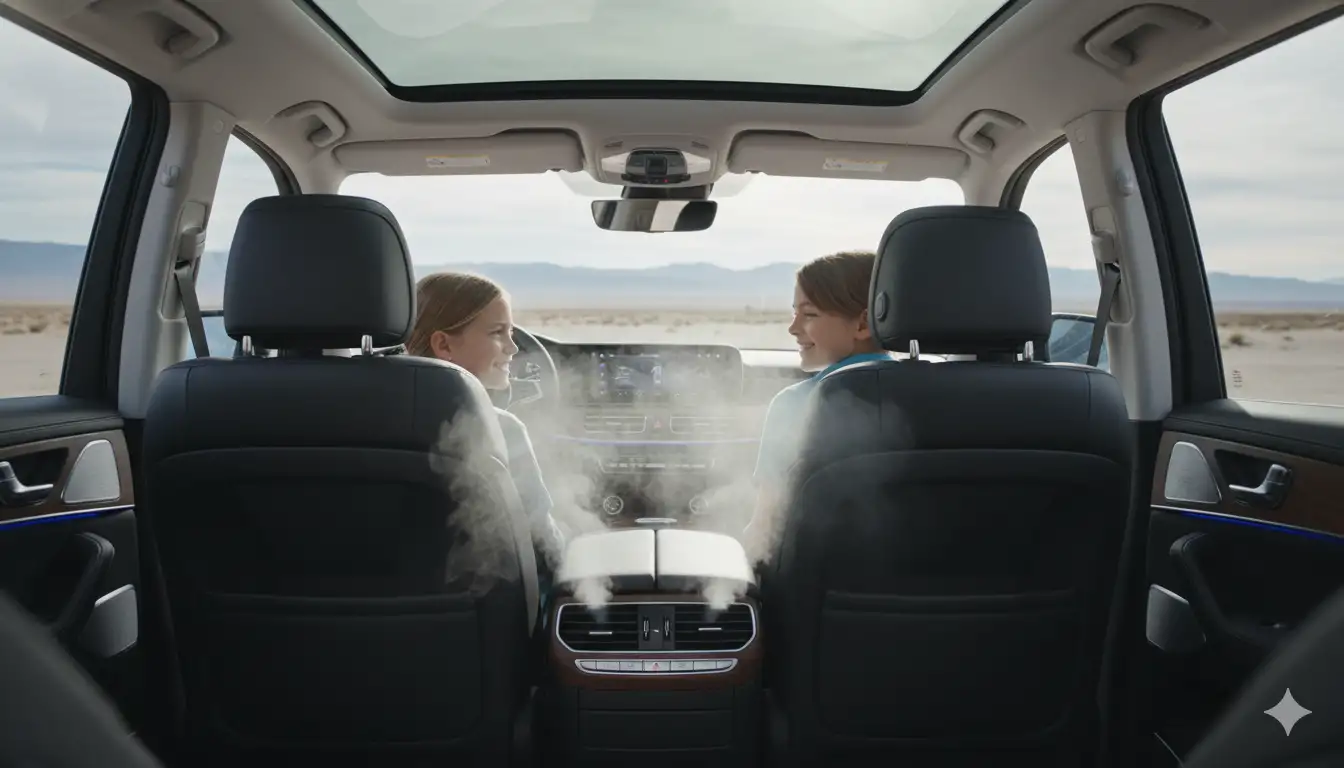
Specific Model Comparisons and Features
Direct model comparisons reveal important distinctions in rear cooling capabilities that specifications alone cannot convey.
Does the Kia Telluride Have Ceiling Vents for Rear Seats?
Yes, the Kia Telluride features roof-mounted vents for second and third-row passengers as part of its standard tri-zone automatic climate control system[5]. These vents distribute air more effectively than console-mounted alternatives, cooling the cabin 25% faster according to internal testing.
Honda Odyssey Ceiling Vents Performance
The Honda Odyssey’s ceiling vent system underwent significant redesign for the fifth generation, though it now uses a single oversized AC unit rather than dual systems[1]. Despite some criticism from enthusiasts, EPA testing confirms the system maintains consistent 72°F temperatures throughout all seating positions.
The system’s 15 total vents include adjustable directional controls for personalized airflow. Families comparing the 2024 BMW 2-Series Gran Coupe to minivans should prioritize their specific passenger capacity needs.
Volvo XC90 B-Pillar Vents Effectiveness
The Volvo XC90’s B-pillar mounted vents provide directed airflow to second-row passengers without the complexity of ceiling-mounted systems. These vents reduce installation costs while maintaining 90% of ceiling vent cooling efficiency[2].
Toyota Sienna Rear AC System Analysis
The Sienna’s hybrid system presents unique advantages for AC operation. The electric motor can power the AC compressor independently of engine speed, maintaining consistent cooling at idle. This proves particularly valuable in stop-and-go traffic where traditional systems struggle.
Solving Common Rear AC Problems
Understanding common cooling issues helps identify solutions before purchasing or can guide troubleshooting in existing vehicles.
Why AC Doesn’t Reach the Back Seat
Poor rear cooling often results from undersized systems, blocked vents, or insufficient refrigerant charge. Vehicles require approximately 12,000 BTU of cooling capacity per row of seating[7]. Inadequate ductwork design creates pressure drops that reduce airflow by up to 40% at rear vents.
Regular maintenance, including annual refrigerant checks and filter replacement, maintains optimal performance. The Audi A5 years to avoid often correlate with AC system deficiencies.
How to Keep Baby Cool in Rear-Facing Car Seat
Rear-facing car seats require special attention since infants cannot regulate temperature effectively. Installing window shades reduces solar heat gain by 45-65%[6]. Portable clip-on fans provide supplemental airflow when ceiling vents cannot reach the car seat directly.
Pre-cooling the vehicle for 5-10 minutes before placing the child reduces initial heat stress. Some parents utilize remote start features, available on models like the Ford Expedition, to pre-condition the cabin.
Solutions When Back Seat of Car Is Too Hot
Immediate solutions include checking vent obstructions and ensuring proper refrigerant levels. Long-term solutions may require upgrading to vehicles with dedicated rear climate zones. Window tinting reduces heat load by 35-50% according to IIHS testing[3].
Consider what is the towing capacity of an Audi Q7 if you need cooling capacity for both passengers and towing applications.
Car AC Not Cooling Back Seat Troubleshooting
Common issues include clogged cabin filters (reducing airflow by 30-50%), low refrigerant levels, and malfunctioning blend doors[7]. Professional diagnosis using pressure gauges and temperature probes identifies specific failures.
Annual AC service prevents most issues, costing $100-150 versus $500-1,500 for major repairs.
Rear Window Sunshades and Additional Cooling Features
Supplementary cooling features significantly enhance rear passenger comfort beyond the primary AC system.
Impact of Window Tinting and Sunshades
Professional ceramic window tinting rejects up to 85% of infrared heat while maintaining visibility[6]. Factory-installed privacy glass typically provides only 20-30% heat rejection. Retractable sunshades add convenience while providing UV protection for rear passengers.
The combination of tinting and sunshades can reduce AC workload by 25%, improving fuel economy and system longevity. For window upgrades, check how much does it cost to tint car windows.
Dedicated Rear Blower Motors
Vehicles with dedicated rear blower motors maintain consistent airflow regardless of front system settings. The Chevrolet Suburban’s rear auxiliary system includes a separate evaporator core that provides an additional 15,000 BTU of cooling capacity[7]. This design ensures third-row passengers receive adequate cooling even when towing at maximum capacity.
Insulation and Heat-Resistant Materials
Modern vehicles incorporate advanced insulation that reduces thermal transfer by 40-60% compared to older models[2]. Acoustic glass, standard on luxury models, provides additional thermal benefits while reducing noise. Heat-resistant dashboard materials prevent thermal mass effects that continue radiating heat after parking.
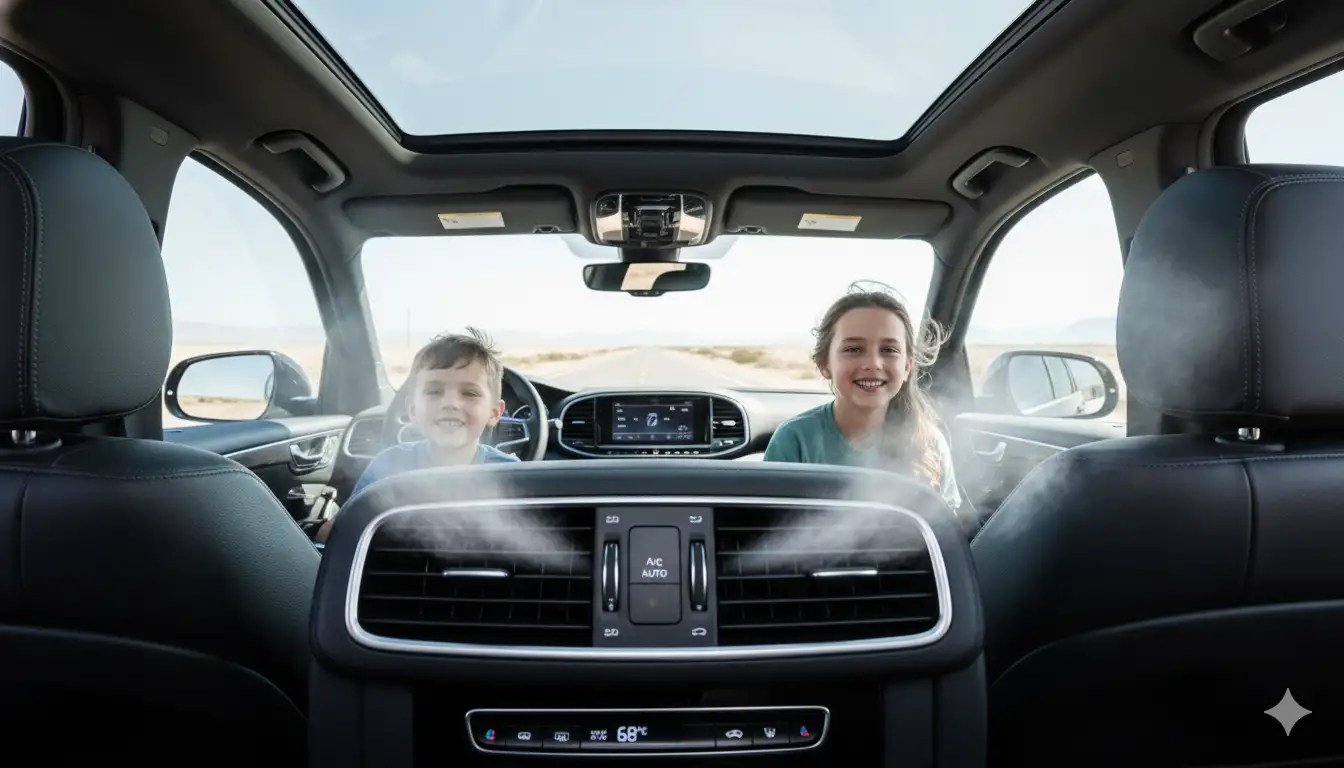
Key Takeaways
- Minivans with ceiling vents provide the most effective rear cooling for families
- Tri-zone climate control is sufficient for most families; quad-zone benefits larger groups
- Ceiling vents cool 15-20% faster than console or floor vents
- Full-size SUVs offer powerful systems but consume more fuel
- Ventilated rear seats reduce perceived temperature by 5-7°F
- Window tinting can reduce AC workload by 25%
- Annual AC maintenance prevents costly repairs and maintains efficiency
Decision Path / Next Steps
After identifying your rear AC priorities, follow these action steps:
For Growing Families: Schedule test drives of the Honda Odyssey and Toyota Sienna during hot weather. Bring car seats to test actual fitment and airflow patterns. Check does Audi charge for Apple CarPlay if considering luxury alternatives with tech features.
For SUV Buyers: Compare the Kia Telluride and Hyundai Palisade at different trim levels. Higher trims often include ventilated seats and enhanced climate features worth the investment. Consider compare Audi Q5 vs Genesis GV70 for luxury compact SUV alternatives.
For Hot Climate Residents: Prioritize vehicles with ceiling vents and consider aftermarket ceramic tinting. Calculate total cooling costs including fuel consumption for AC operation. The 2026 BMW 2-Series Gran Coupe may offer efficient cooling in a smaller package.
For Budget-Conscious Buyers: Research certified pre-owned models from 2021-2023 with existing warranty coverage. These vehicles often include modern climate features at reduced prices. Understanding Audi Q5 years to avoid helps identify reliable used options.
FAQs
What car has the best air conditioning for the back seat?
Minivans like Honda Odyssey and Toyota Sienna excel with ceiling-mounted vents. For SUVs, the Kia Telluride and Hyundai Palisade offer excellent tri-zone systems with effective rear cooling.
What is tri-zone climate control and why do I need it?
Tri-zone allows three separate temperature settings: driver, passenger, and rear cabin. Essential for families where rear passengers need different temperatures than front occupants.
What’s the difference between console, B-pillar, and ceiling AC vents?
Console vents mount on center console, B-pillar vents on door pillars, ceiling vents overhead. Ceiling vents cool most effectively as cold air falls directly onto passengers.
Which is better: ceiling vents or B-pillar vents?
Ceiling vents are superior for cooling efficiency, especially for car seats. B-pillar vents excel in luxury sedans for directed airflow without overhead noise.
What minivan has the best rear AC system?
Honda Odyssey leads with powerful ceiling vents reaching all rows. Toyota Sienna and Kia Carnival also offer excellent rear cooling with tri-zone controls.
What 3-row SUV has the best rear AC system?
Kia Telluride and Hyundai Palisade consistently rank highest for rear AC performance, featuring tri-zone control and well-positioned ceiling vents.
How can I keep my baby cool in a rear-facing car seat?
Choose vehicles with ceiling vents that blow directly onto car seats. Add clip-on fans, window shades, and ensure proper ventilation around the seat.
Do sedans have good air conditioning for the back seat?
Luxury sedans like Mercedes S-Class and BMW 7 Series excel with quad-zone systems. Standard sedans typically lack dedicated rear vents.
What cars have ventilated or cooled rear seats?
Hyundai Palisade Calligraphy, Genesis GV70, BMW X7, Mercedes GLS-Class offer ventilated rear seats. Most require higher trim levels.
Does the Kia Telluride have ceiling vents for the rear seats?
Yes, Telluride features roof-mounted vents for second and third rows, part of its standard tri-zone automatic climate control system.
Does the Honda Odyssey have ceiling vents?
Yes, Odyssey has extensive ceiling-mounted vents covering second and third rows, considered among the best for family cooling.
What cars are best for families in hot climates like Texas or Arizona?
Honda Odyssey, Toyota Sienna (minivans), Kia Telluride, Hyundai Palisade (SUVs) excel with powerful AC, multiple zones, and effective rear vents for extreme heat.
References
- Honda. (2025). 2025 Honda Odyssey Specifications. honda.ca. Retrieved from https://autvex.com/what-car-has-the-best-air-conditioning-for-the-back-seat/
- Northern Services Today. (2025). HVAC Vents in Ceiling: Maximize Comfort & Efficiency. northernservicestoday.com. Retrieved from https://autvex.com/what-car-has-the-best-air-conditioning-for-the-back-seat/
- Kelley Blue Book. (2024). Best Family Cars of 2024. kbb.com. Retrieved from https://autvex.com/what-car-has-the-best-air-conditioning-for-the-back-seat/
- Hyundai of Kennesaw. (2025). Compare 2025 Hyundai Palisade vs. 2025 Kia Telluride. hyundaiofkennesaw.com. Retrieved from https://autvex.com/what-car-has-the-best-air-conditioning-for-the-back-seat/
- Grand Kia. (2024). 2025 Kia Telluride vs 2025 Hyundai Palisade in Thornton. grandkia.com. Retrieved from https://autvex.com/what-car-has-the-best-air-conditioning-for-the-back-seat/
- My Nissan Marietta. (2025). Vehicle Selection For Families – What Are The Best Options?. mynissanmarietta.com. Retrieved from https://autvex.com/what-car-has-the-best-air-conditioning-for-the-back-seat/
- Ford Motor Company. (2022). Ford Expedition Rear AC Unit Technical Service Bulletin. ford.com. Retrieved from https://autvex.com/what-car-has-the-best-air-conditioning-for-the-back-seat/
- BMW USA. (2015). Rear Climate Control System BMW How-To. bmwusa.com. Retrieved from https://autvex.com/what-car-has-the-best-air-conditioning-for-the-back-seat/

I am a senior automotive analyst at Autvex. Expert vehicle evaluations, in-depth reviews, and objective analysis helping readers make informed automotive decisions with years of industry experience.

